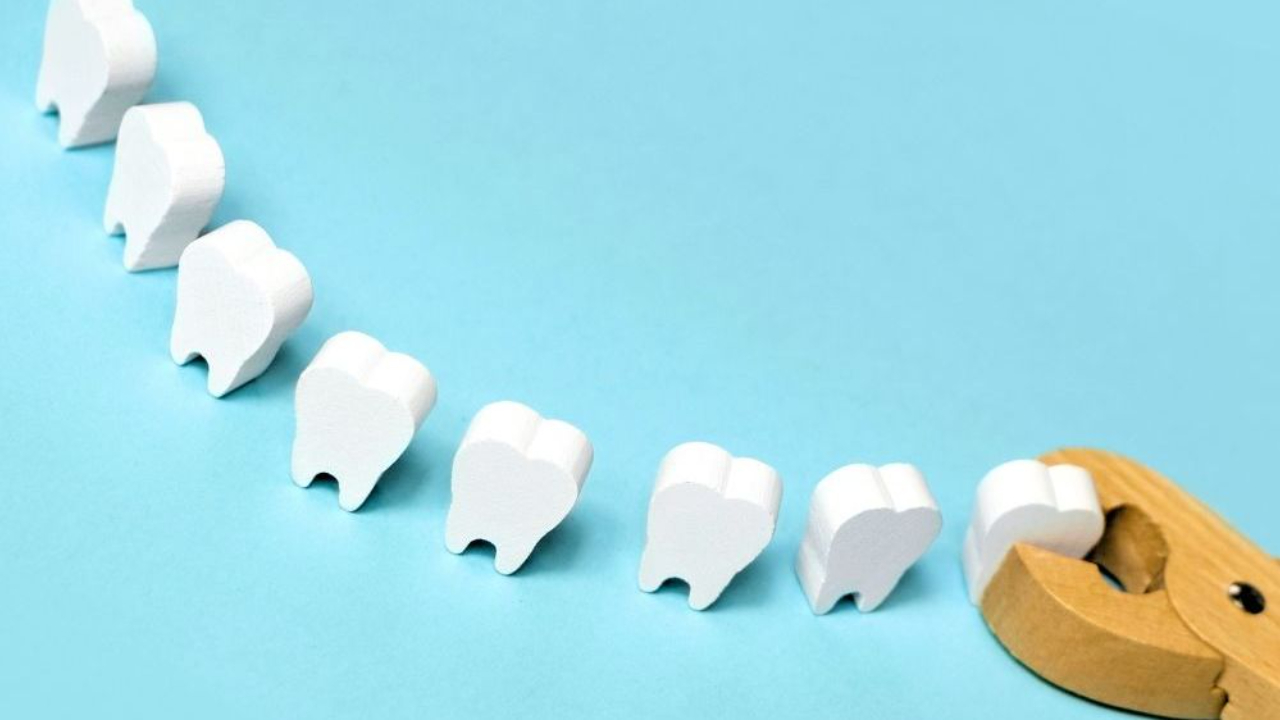4 Factors That Contribute to a Difficult Exodontia

Tooth extractions, also known as exodontia, are a common dental procedure. For most patients, these operations go smoothly and without any difficulty. However, there are some scenarios—such as damaged teeth or complex root systems—that can hinder the process and create challenges for the procedure. Discover the most common factors that contribute to a difficult exodontia, as well as how you can navigate these situations to provide the best care for your patients.
Decayed or Broken Crowns
A damaged tooth is one of the most common reasons to perform a surgical extraction instead of a simple removal. Severe decay, fractures, and other issues make it hard to perform a clean extraction. In these cases, the dentist needs to take extra care to ensure they remove the entire tooth without leaving pieces behind.
Fragile Teeth
Not all tooth damage is obvious, so it’s important to closely examine the crown for cracks or other damage that indicates the tooth is fragile. If you don’t catch small fractures before the procedure, the force of the extraction can cause the tooth to break, complicating the operation. Catching this potential issue early helps you prepare for complications and avoid breaking the tooth mid-procedure.
Impacted Teeth
A simple extraction requires easy access to the tooth you need to pull. If the tooth doesn’t erupt from the gumline correctly, you won’t be able to reach and remove it without complications. An impacted tooth—such as wisdom teeth that come in at an angle or don’t have room on the jaw—is one of the most common factors that contribute to a difficult exodontia. In extreme cases, impacted teeth will still be buried in the jawbone, making them particularly difficult to remove.
Root or Bone Issues
The dentist needs to pay attention to more than just the crown when they prepare for an extraction. The roots beneath the tooth and the bone encasing those roots affect the success of the procedure. Teeth with longer roots or multiple roots—such as molars—are more difficult to remove. The same goes for teeth with curved or hooked roots that are more likely to break during the extraction.
Bone density also plays a role. Excess jawbone density can result from excessive tooth grinding or age-related issues like bone inelasticity. This creates excess bone deposits that make pulling the tooth more difficult.
Preparing for complications allows you to handle any challenges that occur during an extraction and perform a successful procedure for each of your patients. If you’re ready to sharpen your skills and delve into more complicated exodontia, Simply Implants Institute’s surgical extraction CE course is the perfect opportunity. Learn more about our hands-on training courses when you visit Simply Implants Institute today.
